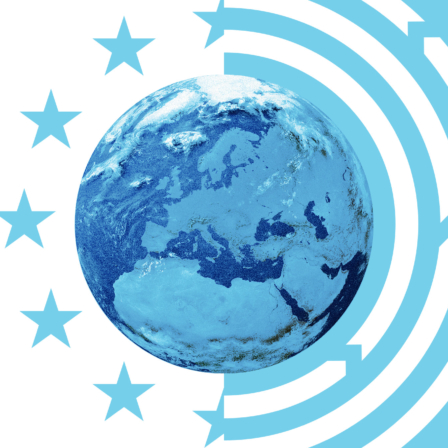Over 160 countries have now announced that they have signed the Paris Climate Agreement in a ceremony in New York. But hang on a minute, hadn’t they already adopted the agreement?
International agreements often go through roughly four phases. First, countries agree on the content – in this case, the historic Climate Agreement in Paris last December.
Then they sign the agreement, which is a bit like getting engaged: a promise of future commitment.
The third phase is ratification, when the countries officially confirm that they are committed to upholding the agreement. In Finland, agreements can only be ratified through approval by the parliament.
The finishing line is crossed when the agreement enters into force. In the case of the Paris agreement, this will happen when at least 55 countries covering at least 55 per cent of the world’s emissions have ratified the agreement.
A clear majority of the countries reached the second phase in New York. Some of them, however, had already stepped up the pace. Switzerland, Somalia, Belize and a group of small island nations had done their homework and arrived at the point where they were able to ratify the agreement in New York.
Many others are springing into action to catch up with the forerunners. The world’s largest producers of emissions, China and the United States, recently announced that they will strive to ratify the agreement by the end of the year.
These two countries account for nearly 40 per cent of the world’s emissions. The agreement’s emissions condition would be met if only five other countries then ratify the agreement: Australia, India, Japan, Canada and Russia.
When the small island nations and a handful of others reach the ratification phase, the minimum number of countries will be in place. To explore the various options, try out the World Resources Institute’s tracker tool.
In the best-case scenario, the Paris agreement may take effect by the end of the year, much earlier than predicted. By comparison, it took over seven years for the Kyoto Protocol to be brought into effect.
But why does it matter when the agreement enters into force? Swift ratification presents a strong signal to others that the country’s leaders have taken the implementation of the agreement seriously, and they can engage in emissions reduction without further ado.
If the agreement were to enter into force early, the EU could find itself in a tricky situation. Because of the member states’ disparate, and in some cases slow, ratification practices, the EU may not have formal eligibility to vote at the first decision-making meeting if it has failed to ratify the agreement by then. That is yet another reason for the EU to ratify the agreement without delay.
Almost 90 years ago, the American Charles Lindbergh completed the first transatlantic solo flight from New York to Le Bourget in Paris. Adopted in Le Bourget, the Climate Agreement has now travelled to New York to be signed by the nations. We hope that this transatlantic flight will also enter the history books.


















Recommended